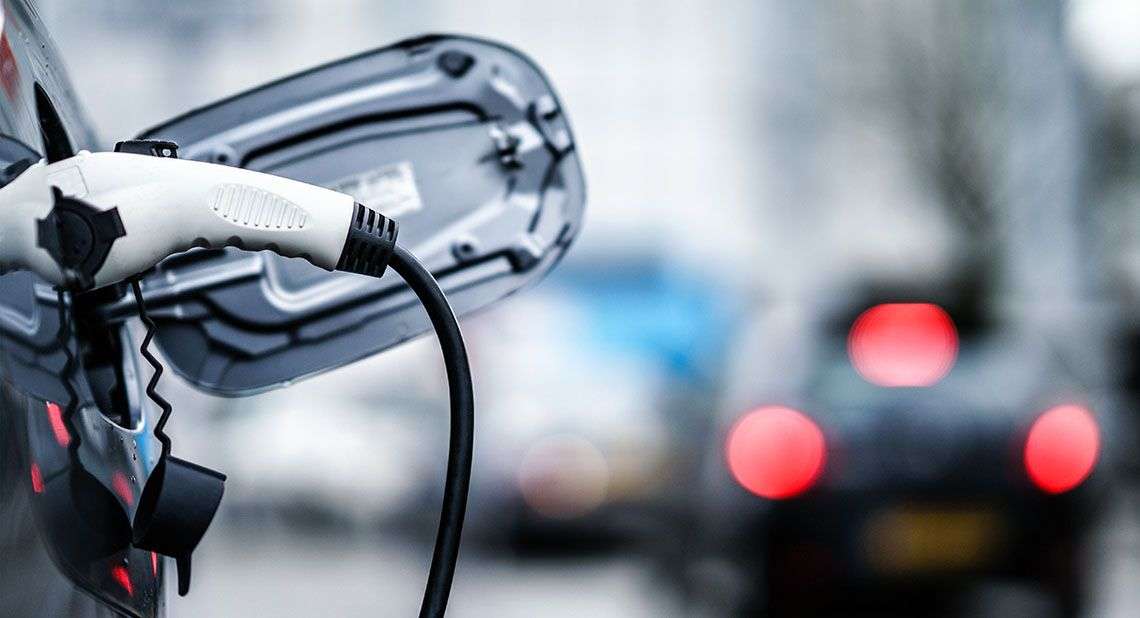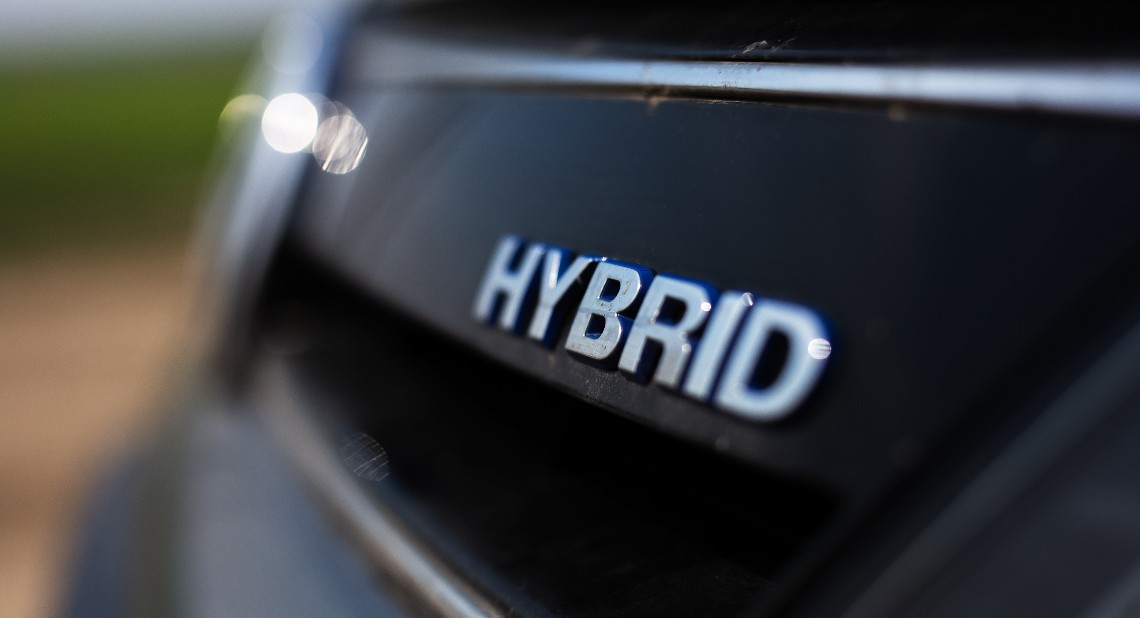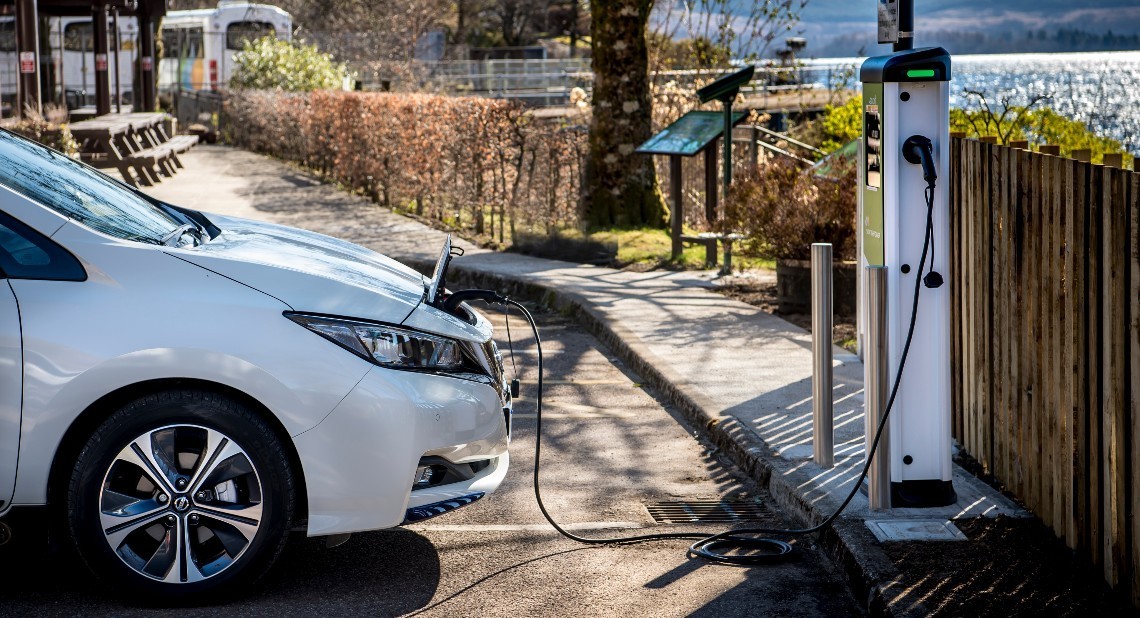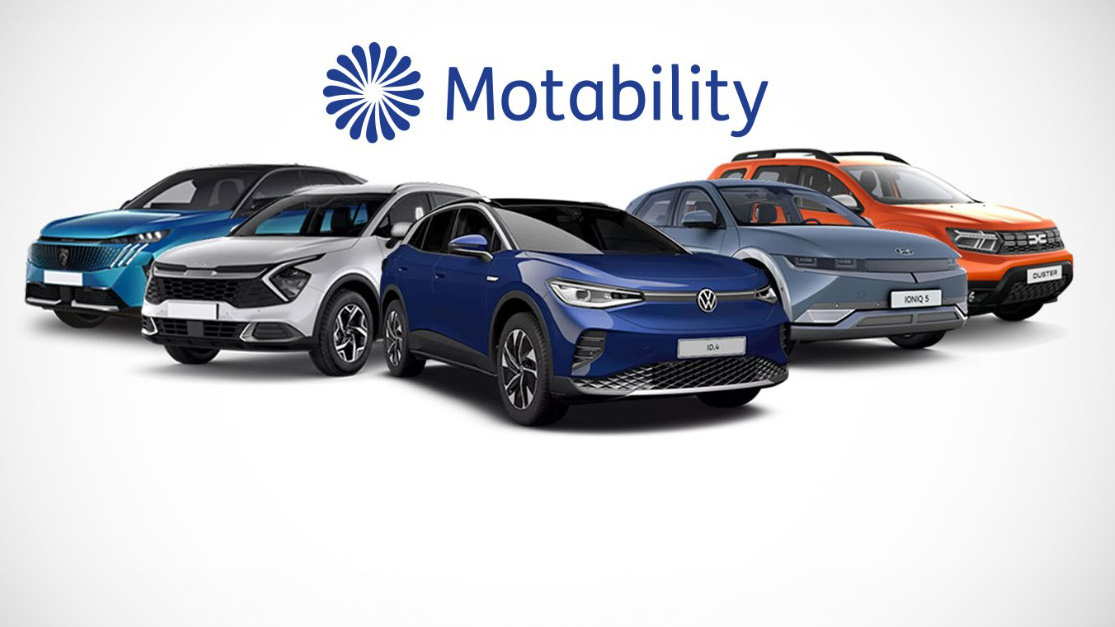Read this article to find out more on the pros and cons of hybrid and electric vehicles.
Petrol and diesel engines in cars won’t be around for many more years. The government has already earmarked 2040 as the year that the sale of all new cars and vans powered by an internal combustion engine will stop.
Even though we’re still two decades away from the move, electric and hybrid vehicles are becoming increasingly popular. But what are the advantages and disadvantages of these alternatively powered cars? Read on to find out.
Hybrid cars
Currently, there are quite a few hybrid vehicles on the market. They’re pretty much the “stepping-stone” to going fully electric. Hybrids use a combination of a standard petrol or diesel combustion engine, a battery and an electric motor. The wheels are driven in three ways: either by the engine alone, directly by the electric motor, or by both power sources working as one. When setting off, and at speeds up to 15mph, hybrids only use the electric motor for power, making them very efficient for urban driving. The combustion engine kicks in as speed rises, and it’s used the most during heavy acceleration.
A typical hybrid doesn’t need to be plugged in because its battery is charged by the engine, primarily through the energy generated when you start to brake. However, you do get plug-in hybrids, and these can be plugged into an electric socket to power their batteries, or they can be charged as you drive. Plug-ins have bigger batteries and can drive a little further on pure electrical energy – sometimes up to 30 miles. You refuel hybrids in the same way as a conventional car – by going to a fuel station and putting petrol or diesel in the tank. It means hybrids have long ranges, which can’t necessarily be said for electric cars – and we move on to these next.
Electric cars
Electric cars rely on an electric motor powered by batteries and, just like your smartphone, they need to be recharged frequently.
You will need somewhere to charge the car, and typically this involves having the charging point fitted at your home by the vehicle manufacturer’s chosen installation partner. To have a home charging point fitted, you’ll need to have access to off-road parking, such as a private driveway or a garage. Before placing your car application, your Motability Scheme dealer will discuss with you the option of installing a charging point at your home address and ensure the vehicle is suitable for your needs. It is not a compulsory requirement for you to have a charging point fitted at home; however, it’s recommended you do so to ensure you can charge your car conveniently. If you choose to lease an electric car on the Scheme your dealer will cover the costs of installing a home charging point, as long as you haven’t had a charging point fitted before.
You can also power up at a charging station. These can be found in many places now – from garages and service stations to retail parks and hotels.
The average electric car has a 60kWh battery and takes around eight hours to fully charge using a typical 7kW charging point. This is why top-up charging is more practical – it means you don’t have to hang around for the car’s battery to go from empty to full. Better still, if you can find a 50kW rapid charger, you can add up to 100 miles of range in approximately 35 minutes. The average range for pure-electric cars is around 130 miles, but factors such as the car’s battery capacity and whether the air-conditioning or heating are used all impact range.
Find out more
Please click here to learn more about the Motability Scheme.
Which is cheaper to run?
Electric cars are generally inexpensive to run compared with any vehicle that takes conventional fuel – including hybrids. Charging up an electric vehicle at home costs far less than refuelling with diesel or petrol. What’s more, some standard charge points are free, although rapid charging stations entail payment. Tariffs for these tend to contain a connection fee, a cost per energy consumed (pence per kWh) or a cost per charging time (pence per hour).
Which is better for the environment?
From an environmental viewpoint, a fully-electric vehicle is, in the main, better than a hybrid because it doesn’t have a tank for diesel or petrol. However, although electric cars don’t produce any tailpipe emissions, carbon dioxide is still emitted when the vehicle is being manufactured, so they’re not flawless. You could also argue that it all depends on the power grid being used. For instance, say you’re recharging your electric car from a purely solar-powered home, it’s far better for the environment than a vehicle that takes any quantity of fuel from the pumps. However, in the real world, most drivers recharge their cars in urban areas that use a mix of non-renewable (oil and coal) and renewable (wind, nuclear and solar) energy sources – and this makes the environmental analysis a lot more complicated.
Related articles
Do electric cars have gearboxes?
What is a hybrid car and is it right for you?
Driving economically: How to save fuel
![]()







